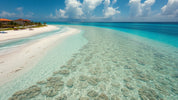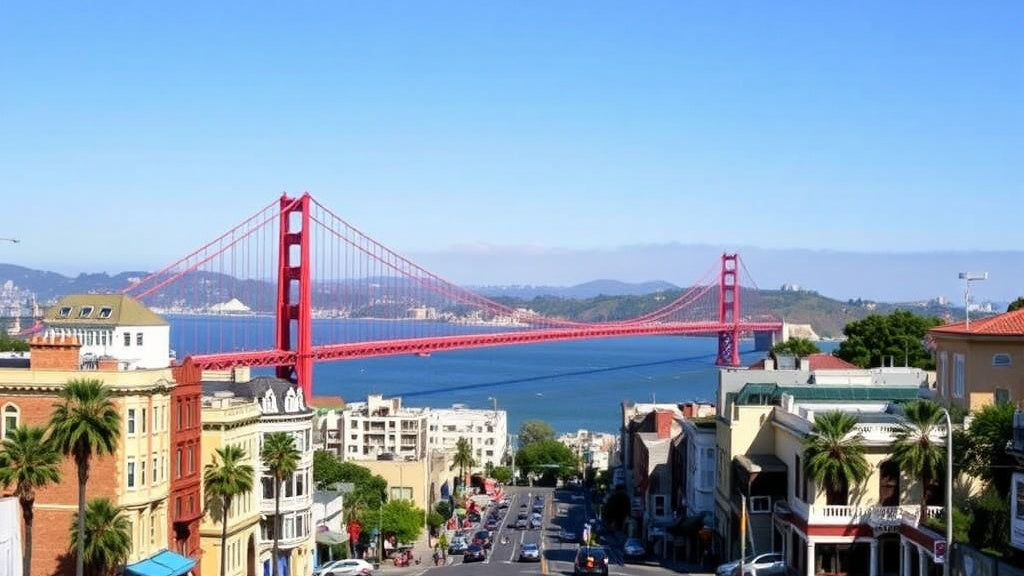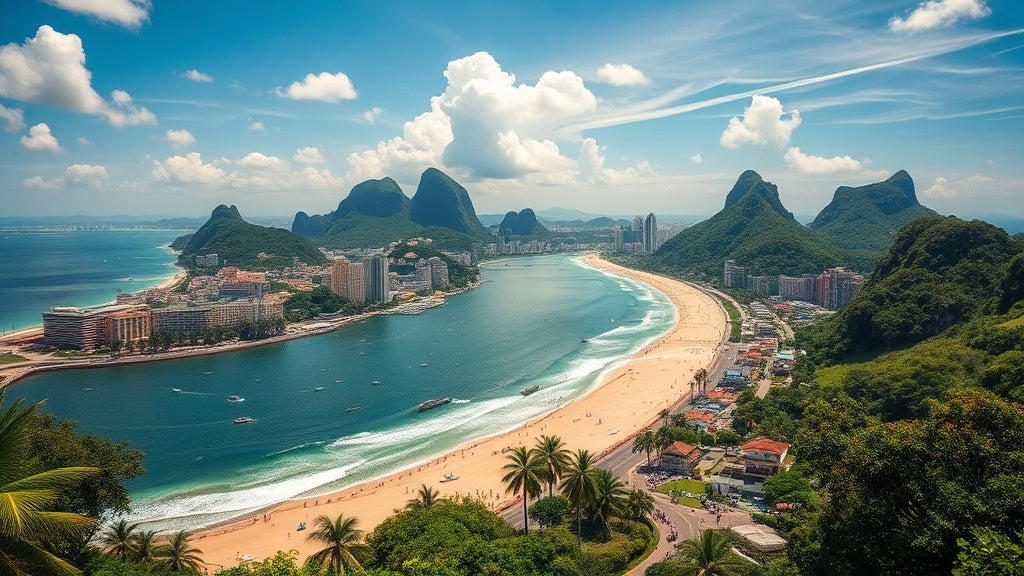
Cancun Resort's Battle Against Sargassum: Innovative Strategies for Pristine Beaches
, by Unboxify, 3 min reading time

, by Unboxify, 3 min reading time
Nearly two miles long and made of Kevlar and marine-grade PVC, this impressive barrier is one of the longest in Mexico. It stands as the first line of defense for this Cancun resort against sargassum, a type of seaweed that has plagued the Mexican Riviera and Caribbean resorts for a decade.
The rise of sargassum has been a significant issue for tourist havens around the globe. The seaweed alters the picturesque views, turns the water brown, and creates unpleasant smells, attracting flies and other insects. Here in Cancun, managing this problem is a colossal task that involves 40 people working 12-hour shifts all year long.
Every morning around 7:00 AM, before many guests wake up, the team heads out to assess which areas need attention. Ideally, sargassum can be removed before it reaches the beach, which is a significant advantage of the barrier. The barrier is composed of hundreds of balloons attached to underwater nets.
The barrier effectively diverts the sargassum to the edges of the property, areas known as "sacrifice zones." These zones are filled with seaweed that's trapped behind the barrier and drifted to the sides. As they're located far from the main guest areas, most tourists rarely venture close to them.
Historically, the Sargasso Sea was contained within the Atlantic Ocean by natural currents, but changing wind patterns have altered its course. Now, it impacts millions of residents and tourists across more than 30 countries and territories.
Cancun alone receives over 7 million tourists per year, so it's crucial to manage the sargassum problem effectively.
Most resorts contract external companies to dispose of their sargassum, but this usually involves dumping it in garbage dumps or jungles, leading to chemical leaching. Moreover, sand mixed with the sargassum is also lost, which is detrimental to the beach's ecosystem.
This resort, however, has devised a more sustainable solution:
Over the past decade, the resort has managed to restore some of its eroded stretches, adding about 80 feet of beach in certain areas, making it easier for guests to enjoy the coastline.
The sargassum problem varies from year to year. For instance, 2019 experienced the highest levels of sargassum, while this year the seaweed arrived later due to unusually weak winds earlier in the year. Researchers keep track of sargassum levels using satellite imagery, which shows the seaweed drifting from the Atlantic to the Caribbean.
With increasing sargassum levels, maintaining the equipment becomes crucial to ensuring clean beaches for summer tourists.
Even with all these efforts, some sargassum still makes its way onto the beach, especially near the edges of the property and in the early morning before the crew starts their work. However, the extensive measures taken by this resort significantly improve the experience for guests, making Cancun a more enjoyable destination.






